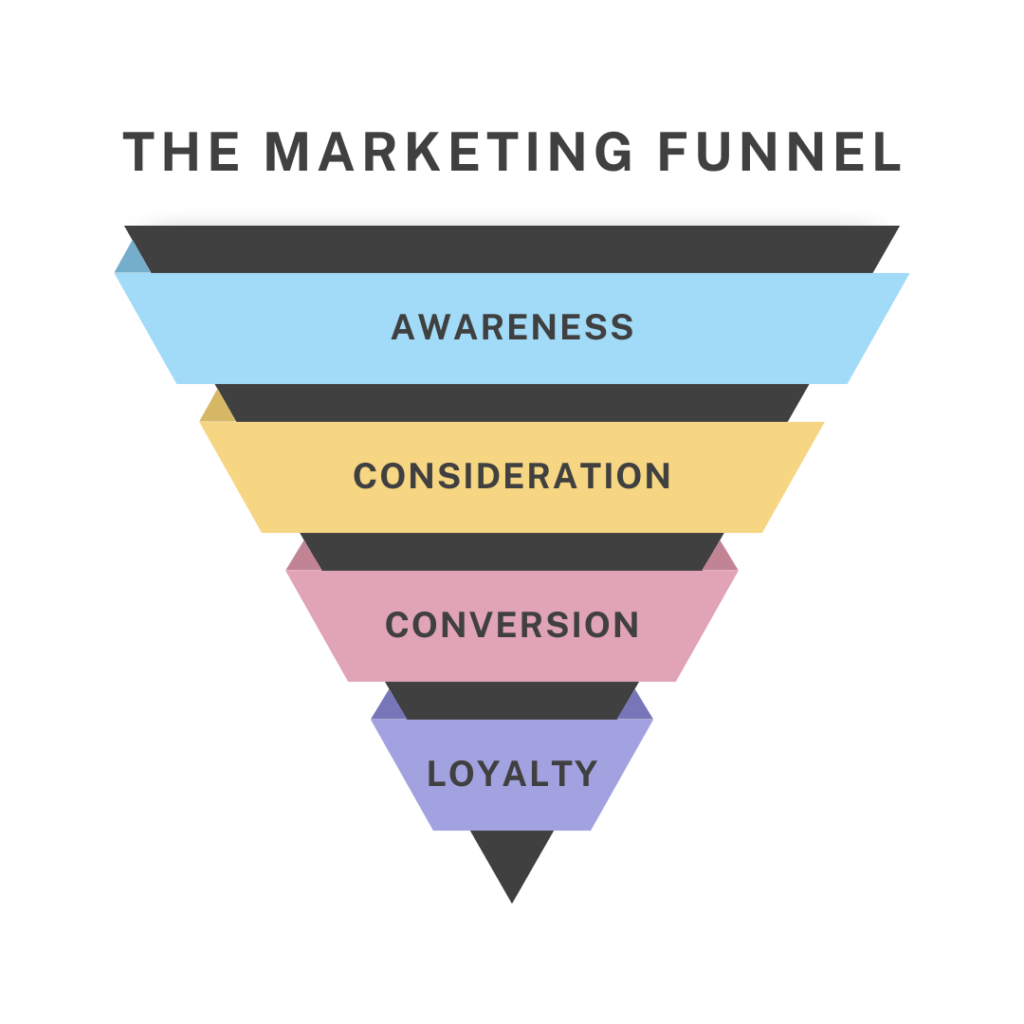Funnel vision! Why marketers need to see the bigger, strategic picture and not neglect brand

The model, used to chart a customer journey from prospect through to conversion – and, increasingly, beyond – has undeniably been challenged by shifts in behaviour, prompted, largely, by the growth of digital.
But whilst increased access to information, a proliferation of channels and touchpoints and a developing preference amongst consumers for greater personalisation and values-based interaction is causing marketers to re-evaluate the previously linear path through the funnel, there is still merit in stage-by-stage analysis of how a business influences those to whom it wishes to sell.
We would argue that the more important debate is not over the worth of the funnel itself but why so many businesses choose to concentrate on it – and the tactics they employ to nudge customers along its course – at the expense of a more strategic approach to marketing.

The simplistic, short-term attraction of throwing activity at the funnel is clear – do more around awareness and consideration and sales will follow, right? We also understand the appeal of funnel marketing for those who need to demonstrate the return on their investment and who feel that ‘X’ in at the top can be recorded as generating ‘Y’ out of the bottom.
Of course, it’s not always quite that straightforward! But, in principle, there’s nothing wrong with either of these desires and we use the funnel approach ourselves when working on behalf of many clients.
However, we would never recommend such tactics unless they formed part of a joined-up marketing strategy – one which looks beyond the transactional and considers the benefits of building a client’s brand.
Research shows that only a tiny proportion of a business’s prospective customers are actually in the market to buy at any one time. The Ehrenberg-Bass Institute puts the number at just five per cent – meaning that 95 per cent simply aren’t interested in purchasing at that given moment … however good a firm’s activity within the funnel is.
But building a powerful brand means there’s more chance that when they are looking to buy it will be your business they seek out.
Here are six reasons why investing in your brand makes strategic sense:

At Purpose Media, we utilise a strategic framework to take the guesswork out of helping our clients drive growth. This insight-led approach aligns marketing activity with business goals, considers audience, channels, execution, measurement and, of course, brand.
We analyse a client’s history, their products/services, their objectives and market position to identify strengths and areas for improvement.
We review target audiences, developing personas which profile key customers and understand their needs and behaviours.
We assess existing client assets, considering UX, content quality and technical performance, and evaluate the most effective marketing channels, ensuring proposed activity on each is optimised for reach, engagement and effectiveness and is part of a cohesive overall approach.
And we conduct a thorough audit of the client’s brand, checking identity, messaging, effectiveness and addressing any issues with perception or delivery.
Then we set clear KPIs which measure the growth and ROI achieved
So, next time you’re considering the effectiveness of your efforts in the sales funnel, whichever variation you use, reflect on whether your activity – and investment – is driven by a clear strategy which also supports long-term development of your brand.
If not, give us a call.